
IMPROVING CALIFORNIA’S LONG-TERM RESILIENCY THROUGH DESALINATION
February 5-6, 2025 • Temecula


IMPROVING CALIFORNIA’S LONG-TERM RESILIENCY THROUGH DESALINATION
February 5-6, 2025 • Temecula
IMPROVING CALIFORNIA’S LONG-TERM RESILIENCY THROUGH DESALINATION
February 5-6, 2025 • Temecula

Agenda Day 1: Wednesday, February 5, 2025 | 8:00 AM – 7:00 PM
8:00 AM Check-In + Breakfast + Opening Remarks
• Mark Donovan – Chair, CalDesal
• Glenn Farrel – Executive Director, CalDesal
8:30 AM - 9:30 AM Session #1: Update on Progress Made With California Desalination Projects – What Lessons Have Been Learned?
Moderator: Kevin Thomas, Kimley-Horn
• Marc Serna, South Coast Water District –Doheny Desalination Project
• Lacy Carothers, California American Water –Cal Am Monterey Desalination Project
• Jeremy Crutchfield, San Diego County Water Authority – Carlsbad Desal Intake Project
9:30 AM - 9:40 AM Break
9:40 AM - 10:45 AM Session #2: Desal’s Role in Supporting the California Water Market and Fostering Partnerships
Moderator: Lanaya Alexander, Assistant General Manager of Planning, Engineering & Construction – Eastern Municipal Water District
• Meena Westford, Director of Imported Water –San Diego County Water Authority
• Bradley Rahrer, Principal Project Manager – City of Santa Barbara
• Brandon Goshi, Interim Group Manager, Water Resources Management – Metropolitan Water District of Southern California
10:45 AM - 10:50 AM Break
10:50 AM - 11:50 AM Session #3: Beyond Conventional Desal – What’s Happening in the Innovation Space?
Moderator: Tim Hogan, TWB Environmental Research and Consulting
• Robert Bergstrom, Ocean Well
• Dr. Carl Nesbitt, Reticle, Inc. - Remediation of Concentrated Brines from Desalination Using Reticle Selective Precipitation
• Floyd Wicks, SeaWell
11:50 AM - 1:00 PM Lunch + Keynote Speaker
• Cheslea McGuire – Interim Director, Water Infrastructure Finance Authority of Arizona
• CalDesal Awards Program
1:00 PM – 3:00 PM Option #1: Field Trip to Eastern Municipal Water District
1:30 PM – 2:40 PM Option #2: Session #4: Performance, Reliability, and Safety of Desalination Membrane Technology
Moderator: Doug Eisberg, Kurita, Global Business Development, Avista Membrane Treatment Solutions
• Tom Speights, Protec-Arisawa
• Steve Wortmann, Victaulic
• Mark Donovan, GHD
3:00 PM - 3:45 PM Session #5: Spotlight on Women in Desalination
Moderator: Michelle Peters, Channelside Water Resources
• Lacy Carothers, California American Water
• Dr. Maryam Bral, United Water Conservation District
• Jackie McCloud, Alameda County Water District
3:45 PM - 3:50 PM Break
Channelside Water Resources owns and operates the Claude “Bud” Lewis Carlsbad Desalination Plant. Nestled on the southern shore of the Agua Hedionda Lagoon in the City of Carlsbad and developed as a Public Private Partnership with the San Diego County Water Authority, the nation’s largest seawater desalination plant produces up to 54 million gallons per day (MGD) of locally-controlled drinking water.
In addition to its ongoing stewardship of the 400acre Agua Hedionda Lagoon, Channelside achieved authorization from the San Diego Water Board to initiate the operations of a new, state of the art seawater intake system. Designed to protect and preserve the coastal environment, the plant withdraws up to 299 MGD of seawater through 1-millimeter screens at a through-screen velocity of 0.5 foot per second or less As a result of the approximately $274 million investment, the Carlsbad Desalination Plant is the first desalination facility of this size to fully comply with the 2015 California Ocean Plan Amendment, one of the most advanced sea-life protection measures in the world.
Channelside is also underway on the Otay River Estuary Restoration Project, a partnership with the U.S. Fish and Wildlife Service to create, restore, and enhance 125 acres of coastal wetlands in the San Diego Bay National Wildlife Refuge This restoration effort is critical for preserving local wildlife and fulfills Channelside’s commitment to mitigating environmental impacts from the Claude “Bud” Lewis Carlsbad Desalination Plant.
As we look ahead to the spring of 2025, we are excited to share that the Carlsbad Desalination Plant is poised to reach the remarkable milestone of producing more than 125 billion gallons of highquality drinking water for San Diego County residents since beginning commercial operations in 2015. This achievement reflects our mission and commitment to water reliability in a sustainable way and stands as a testament to our ongoing dedication to creating meaningful, lasting benefits for community well-being.
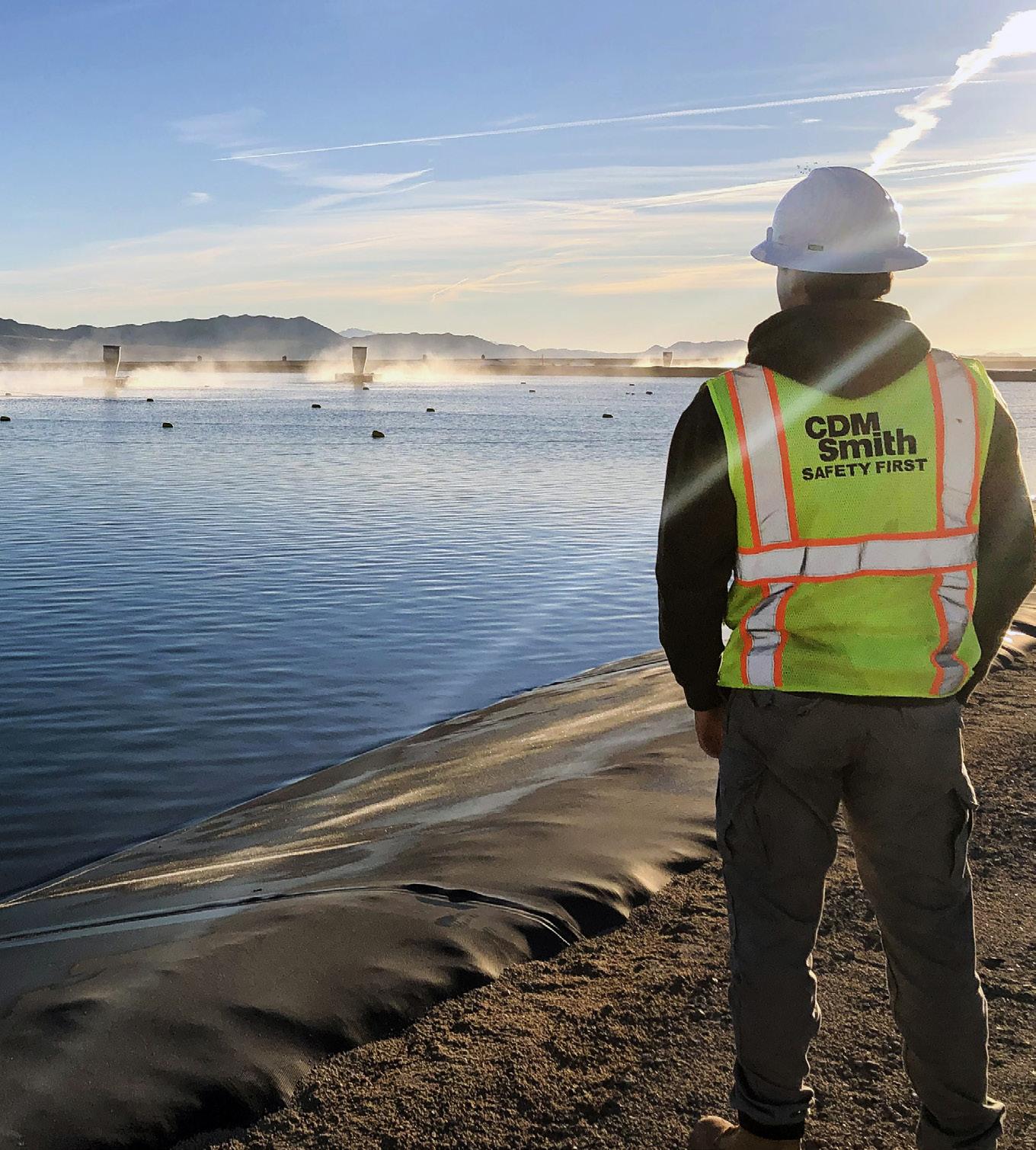
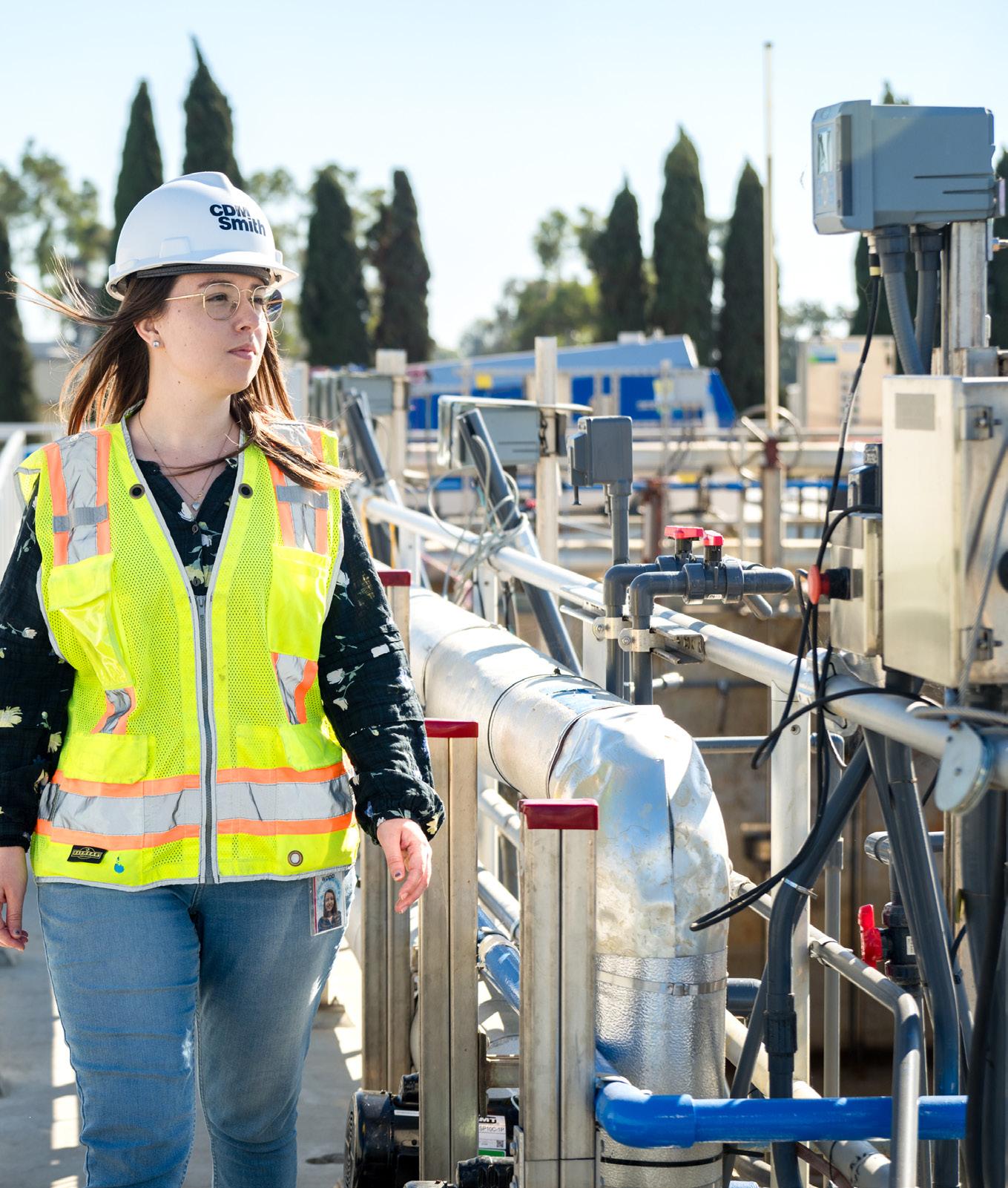
Agenda Day 1: Wednesday, February 5, 2025 | 8:00 AM – 7:00 PM
3:50 PM - 4:45 PM Session #6: Brackish Desal: Projects and Prospects
Moderator: Marice DePasquale, Mesa Water District
• Sarah Hardgrave, Salinas Valley Basin
Groundwater Sustainability Agency – Restoring a Seawater Intruded Groundwater Basin with Brackish Water Desal
• Chris Coppinger, United Water Conservation District - Breaking Ground on Phase One of the Extraction Barrier and Brackish Water
Treatment Project: What’s Ahead for 2026?
• Greg Kowalski, Engineering Manager, Eastern Municipal Water District
• Dr. Peter Fiske, National Alliance for Water Innovation - Predicting and avoiding mineral scaling: Optimizing brackish water desalination treatment designs with advanced process modeling
4:45 PM – 5:40 PM Session #7: Pathways to Improving Salinity and Concentrate Management and Disposal
Moderator: Steve Wait, GHD
• Daniel Cozad, CV-SALTS Program
• Jeff Mosher, Santa Ana Watershed Project Authority
• Fernando Baez, Manager of Engineering, Calleguas Municipal Water District
• Zachary Stoll, Research Assistant Professor, New Mexico State University
• Abdiel Lugo, New Mexico State University –Evaluation of bipolar membrane electrodialysis for acid and base recovery
• Martin Hauschild, Chief Operating Officer, Upwell Water
5:40 PM - 7:00 PM CalDesal Reception
At ACCIONA, we are world leaders in desalination by reverse osmosis, the most sustainable, advanced and widely used desalination technique, capable of improving water quality and reducing the impact on the environment. Now more than ever, it eflects our commitment to combatting the climate emergency.


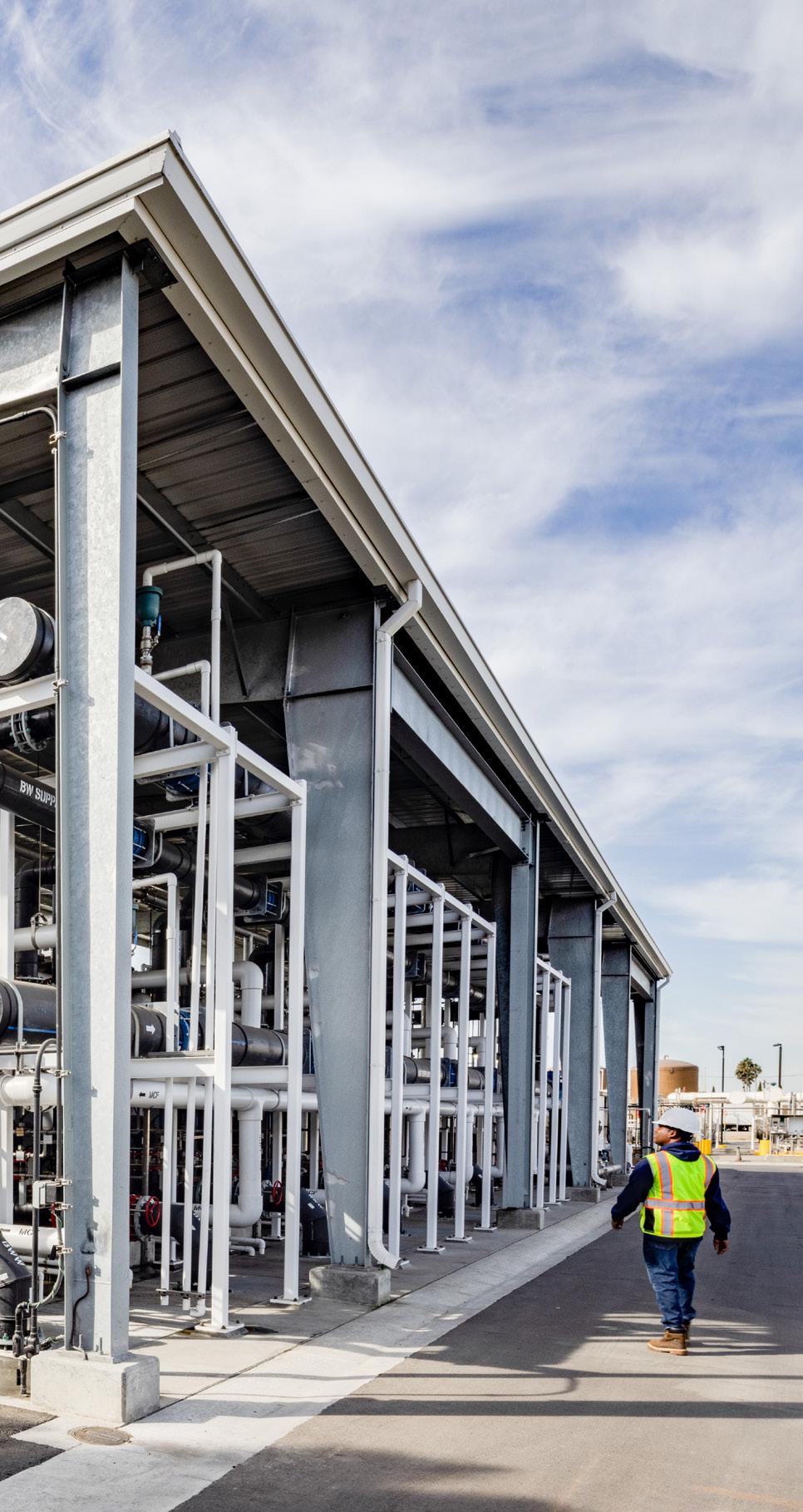



Agenda Day 2: Thursday, February 6, 2025 | 8:00 AM – 12:45 PM
8:00 AM Breakfast + Opening remarks
8:30 AM - 9:30 AM Session #8: De-Myth-Tifying Desal: Current Research on Desal Impacts
Moderator: Paul Hermann, GHD
• Eric Miller, Miller Marine Science and Consulting
– Where are the fish? Fish population status almost 10 years after power plant oncethrough-cooling ended
• Ruben Munoz, CDM Smith - Technical approaches to minimize the environmental impact of seawater desalination plants
• Brent Alspach, Arcadis - The Impact of Desalinated Water on Blended Supplies: A Comprehensive Analysis
9:30 AM - 9:35 AM Break
9:35 AM – 10:25 AM Session #9: De-MythTifying Desal: Energy Consumption and Carbon Footprint
• Moderator: Dr. Peter Fiske, National Alliance for Water Innovation
• Jon Becker, CEO, Global Water Farms
• Rodney Clemente, Sr. Vice President of Water, Energy Recovery, Inc.
• Arian Edalat, CEO, Active Membranes, Inc. –Comparative performance of membranes –review of field study results
• Meagan Mauter, Water & Energy Efficiency for the Environment Lab, Stanford Civil & Environmental Engineering
• Alishan Salim, Director of Engineering, Capture6
10:25 AM - 10:55 AM Mini-Session: Open Mic on Energy Preparedness: Is there a role for Desal?
• Joey Randall, Assistant General Manager, Olivenhain Municipal Water District

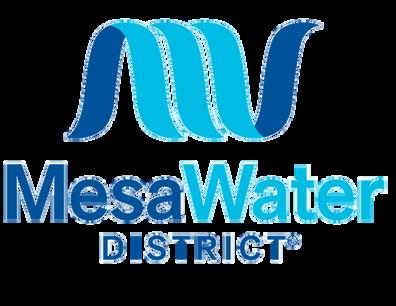
Providing an abundance of local, reliable, clean, safe water.

10:55 AM - 11:00 AM Break
11:00 AM - 11:45 AM Session #10: Global Perspectives on Desalination
Moderator: Paul Hermann, GHD
• Vasu Veerapanen, Black and Veatch - Seawater desalination - Designing to address climate change impacts: 6 global case studies
• Cristobal del Rio, CDM Smith - The Chile Experience in Using Alternative Delivery in Seawater Desalination Projects
• Ignacio Beneyto, Acciona – Innovative desalination process for integrated water, energy, and resource production
11:45 AM - 11:50 AM Break
11:50 AM - 12:45 PM Session #11: Desal Jeopardy!
12:45 PM Concluding Remarks
• Mark Donovan – Chair, CalDesal
• Glenn Farrel – Executive Director, CalDesal
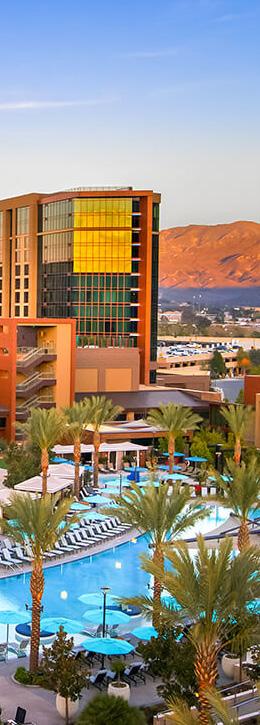
Exhibitors


Exhibitors
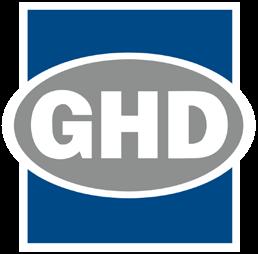
Reception Sponsors


Lunch Sponsor
Bag Sponsor

Lanyard Sponsor General Sponsors Supporting Sponsor

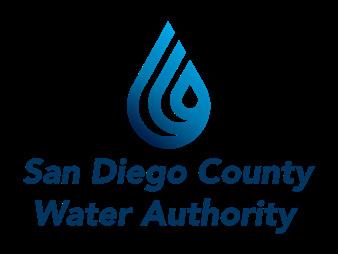
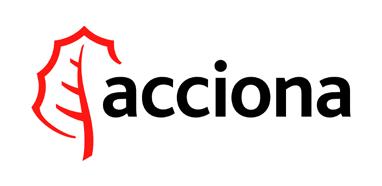
ACCIONA champions a different way of doing business: Business as Unusual, delivering benefits far beyond the corporate realm.
Driven by the ambition to leave a positive legacy for society and design a better planet, we lead in developing solutions in renewable energy, sustainable water management, and regenerative infrastructure.
We cover the entire value chain, from design and construction to operation and maintenance. With a presence in over 40 countries, we conduct our business with a commitment to positively contribute to the economic and social development of the communities where we operate.
The Alameda County Water District (ACWD), established in 1914, provides high-quality water to over 342,000 residents and businesses in Fremont, Newark, and Union City, California. ACWD ensures a reliable supply through a diverse portfolio of water sources, including the San Francisco Bay-Delta, local watershed and groundwater, and desalination. Committed to sustainability, ACWD focuses on water use efficiency and conservation programs, protection and enhancement of wildlife in Alameda Creek and its watershed, protects local groundwater, and promotes public education on water resources. Guided by innovation and fiscal responsibility, ACWD strives to meet current and future water needs while preserving environmental health.
For more than a century, Black & Veatch has been developing the water infrastructure that has built communities across the nation and around the world. As your needs evolve and grow, our experienced team is at the cutting edge of innovation, helping clients address the challenges of today, while planning for a more sustainable tomorrow. With a focus on sustainability and resilience that starts with you, we deliver long-term value to water, sanitation and stormwater clients at every stage of the project lifecycle. Learn more at www.bv.com/water.
California American Water - We know just how important water is to daily life. It’s somehow involved in everything thing we do, everything we use. When you need it, you expect it to be there — and you expect it to be clean and safe.
That’s what our skilled teams of experts care about most, and focus on every day.
Our customers are our number one priority, and we are proud to deliver clean, safe, reliable and affordable water and wastewater services. In California we serve about 675,000 people. To ensure your water is of the highest quality, we strictly follow regulations that are set by local authorities as well as federal standards set by the United States Environmental Protection Agency (USEPA).
Water is an integral part of life, and we take great pride in taking care of it.

Today’s membrane technologies turn seawater, brackish groundwater and other marginal water supplies into safe drinking water—allowing water utilities to develop new supplies from sources once thought to be of little value. Since the early 1990s, CDM Smith has been involved in the study, design and implementation of 50+ desalination and membrane filtration facilities in the U.S. and several more globally. CDM Smith has a strong technical reputation in the study, design and implementation worth of more than 2.5 billion gallons per day of desalination and membrane filtration facilities in the U.S., Europe, Middle East, and Asia.
Channelside Water Resources operates the Claude “Bud” Lewis Carlsbad Desalination Plant, the largest seawater desalination facility in the U.S., producing up to 54 MGD of locallycontrolled drinking water. Fully compliant with California’s 2015 Ocean Plan Amendment, the plant features a state-of-the-art seawater intake system that protects marine life. Channelside also stewards the 400-acre Agua Hedionda Lagoon and leads the Otay River Estuary Restoration Project to enhance 125 acres of coastal wetlands. By spring 2025, the plant will surpass 125 billion gallons of drinking water produced since 2015, highlighting Channelside’s commitment to sustainable water reliability and community impact.
Eastern Municipal Water District (EMWD) is the water, wastewater service and recycled water provider to nearly one million people living and working within a 682-square mile service area in western Riverside County and northern San Diego County. It is California’s sixth-largest retail water agency and its mission is: “To deliver value to our diverse customers and the communities we serve by providing safe, reliable, economical and environmentally sustainable water, wastewater and recycled water services.” With 75 years of experience, the board members and staff of EMWD are proud, confident and ready for the future.
Headquartered in Escondido, California, Filanc is an award-winning, general engineering and designbuild contractor that solely constructs, renovates, and expands water and wastewater treatment, biosolids management, and waste-to-energy facilities throughout the Western United States. Since our founding in 1952, we have completed hundreds of facilities for the public, private and federal sectors, focusing mainly on collaborative delivery such as design-build, construction manager at-risk, and job order contracting. Our projects range from emergency repair work to $200+ million-dollar facility construction and expansion. As a general
contractor, Filanc typically self-performs over 70 percent of work with our own forces in the categories of pipefitting, mechanical, structural, concrete, and earthwork. Now employing over 275 workers, Filanc has become a subsidiary to parent company Alberici, based in St. Louis and currently ranked by ENR as the #36 largest North American contractor.

Established in 1928, GHD, Inc. employs more than 11,000 people across five continents and serves clients in the global markets of environment, water, energy and resources, property and buildings, and transportation. Wholly owned by its people, GHD has more than 500 local staff in California and have provided water services to municipalities and special districts throughout California for over 60 years, and specifically seawater and brackish desalination services for over 20 years.

INTERA delivers geoscience and engineering solutions for some of the most complex environmental challenges in the world. Across industries and geographies, our teams are trusted with finding ways to manage risk, to more sustainably use water resources, to protect coastal resources and infrastructure, and to safely isolate radioactive and other hazardous wastes. From analysis, to design, to operations and project management, our approach is rooted in collaboration, context, and over 45 years of applied expertise. Headquartered in Austin, Texas, INTERA is an employee-owned company, focused on sustainability and dedicated to the wellbeing of our communities, our staff, and our families.
MBC Aquatic Sciences was founded in 1969 as Marine Biological Consultants, Inc. in response to a growing need by industry and government for professional biologists to conduct integrated studies of the marine environment. By the late 1970s, MBC had grown to become one of the most experienced biological consulting firms on the Pacific Coast. MBC has been involved in the
analysis of potential environmental impacts from seawater desalination since 2000 when there was increased interest in large-scale coastal facilities in southern California. MBC has evaluated marine resources for proposed desalination plants from Long Beach, California south to Baja California.
Mesa Water District, a local independent special district, manages its finances and water infrastructure, and advocates water policy, while reliably providing an abundance of clean, safe water to benefit the public’s quality of life.
C
The Metropolitan Water District of Southern California is the Southland’s primary imported water provider for a six-county region with a population of nearly 19 million. Metropolitan draws on supplies from the Colorado River through the Colorado River Aqueduct, which it owns and operates; from Northern California via its participation in the State Water Project; and from local resource programs and transfer arrangements. An increasing percentage of Southern California’s water supply comes from conservation, water recycling and recovered groundwater. As a founding member of CalDesal, Metropolitan is committed to increasing the region’s water reliability and resilience.’

The San Diego County Water Authority sustains a $262 billion regional economy and the quality of life for 3.3 million residents through a multi-decade water supply diversification plan, major infrastructure investments, and forward-thinking policies that promote fiscal and environmental responsibility. A public agency created in 1944, the Water Authority delivers wholesale water supplies to 22 retail water providers, including cities, special districts, and a military base. Ten percent of its water supply comes from the Claude “Bud” Lewis Carlsbad Desalination Plant, which has been in service since 2015.

Schneider Electric’s purpose is to create impact by empowering everyone to make the most of our energy and resources, bridging progress and sustainability for all—this is what we call “Life Is On.” As a global industrial technology leader, we specialize in electrification, automation, and digitization, delivering innovative solutions for smart industries, resilient infrastructure, and intelligent buildings.
Our EcoStruxure Automation Expert offers integrated, AI-enabled Industrial IoT solutions that enhance operational efficiency and sustainability, leveraging digital twins for optimal resource management. In 2024, Schneider Electric was honored as the #1 most sustainable company in the world by Time Magazine, reflecting our commitment to a sustainable future and our dedication to diversity and inclusion.
With a global ecosystem of 150,000 colleagues and over a million partners in more than 100 countries, we are committed to being the trusted partner in sustainability and efficiency.

South Coast Water District (SCWD), a public utility providing potable water, recycled water, and wastewater services, serves 40,000 residents, 1,000 businesses, and 2 million visitors annually in Dana Point, South Laguna Beach, and parts of San Clemente and San Juan Capistrano. To address water reliability challenges, SCWD is advancing the Doheny Ocean Desalination Project—a long-anticipated, drought-proof solution that will provide a local, sustainable water supply. Designed to ensure resilience during natural disasters or disruptions to imported water, the project reflects SCWD’s commitment to long-term planning and securing a reliable water future for the South Orange County region.
